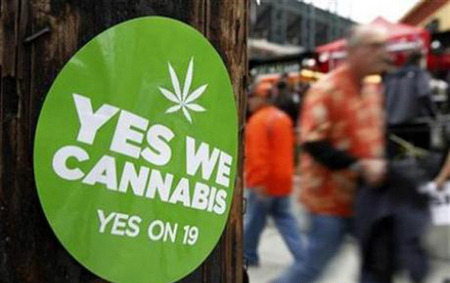
Despite the fact that the number of Americans supporting marijuana legalization has doubled, and more and more states are demonstrating a kind of loyalty there is “relatively little increase in the percentage of U.S. adults who say they have tried marijuana”, according to Gallup poll. There is just 5% difference of those who have tried marijuana between 1999 and 2013 (33% and 38% respectively).
The number of Americans who have never smoked marijuana run high but just a little, though the fears of older generation. And actually, people of this older generation, who are worry about this increase and loss of generation`s purity, should remember how cannabis boomed in 1970s. According to the data of that period, the number of people who smoke marijuana raised from 4% in 1969 to 12% in 1973 and 24% in 1977.
The peak of young adults smoking marijuana took place in 1977 and reached 56%. Since that time we can see a smooth, but observable, decline. It is an interesting point that number of smoking marijuana raised the same time President Nixon declared the United States “War on Drugs” in 1971.
Although the general rate of those smoking cannabis has been the same, the demographic situation has changed: 8% of men and 6% of women smoke marijuana now. 49% of liberals, 40% of moderates and 32% of conservatives say they have tried cannabis. There are some stereotypes concerning race, education and income among marijuana smokers. It may surprise you, but according to the poll “There are relatively minor differences in marijuana use by race — between whites and nonwhites — and by education”. And there is no significant income-related difference, while “lower-income Americans are the most likely to say they currently use it”.
As a result, according to Gallup poll, the number of Americans favoring the idea of cannabis legalization has raised (up to 50%), while the number of people using marijuana has not. Incredible 70% support medical use of marijuana. May be these numbers will help to change something in legislation.

